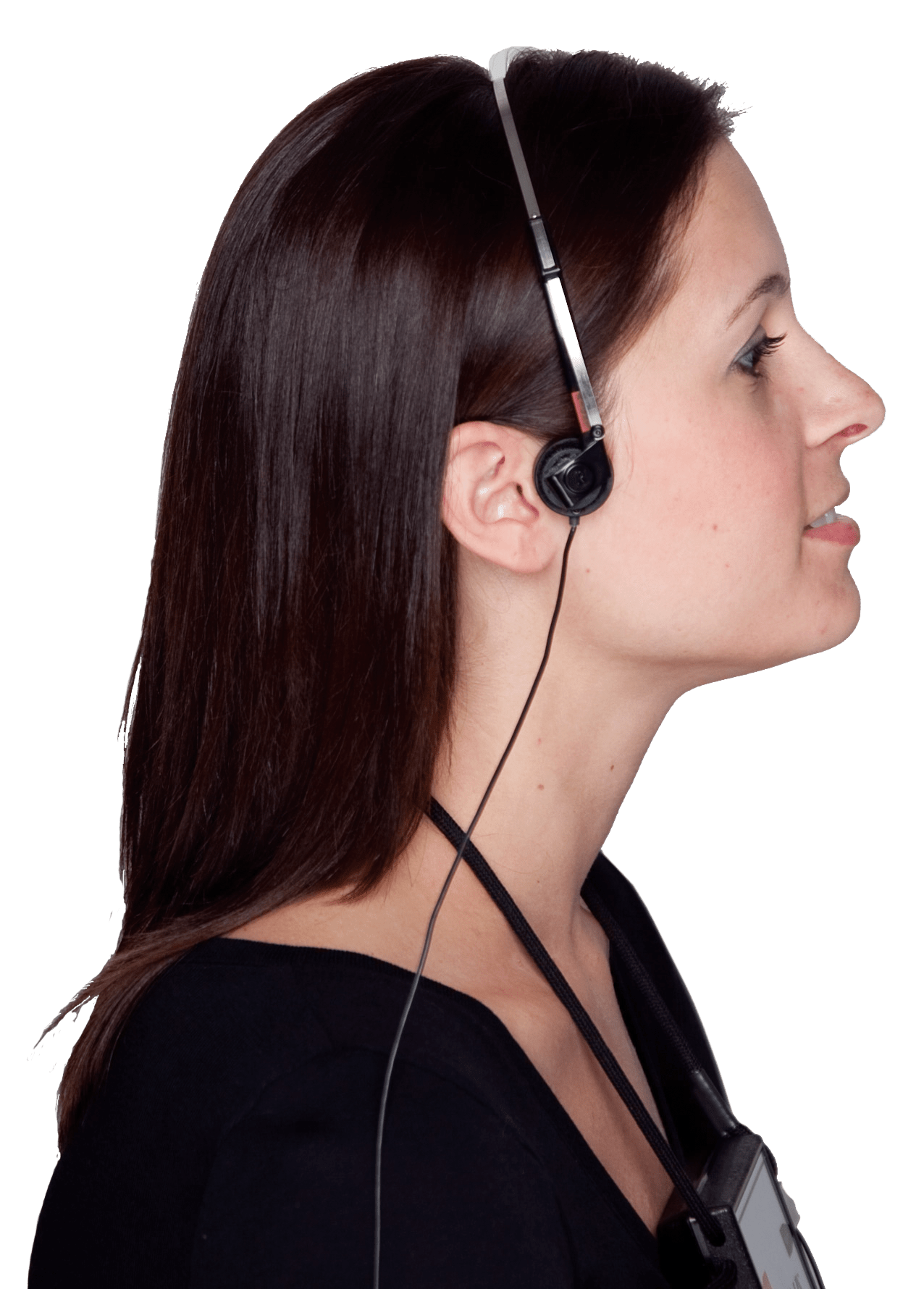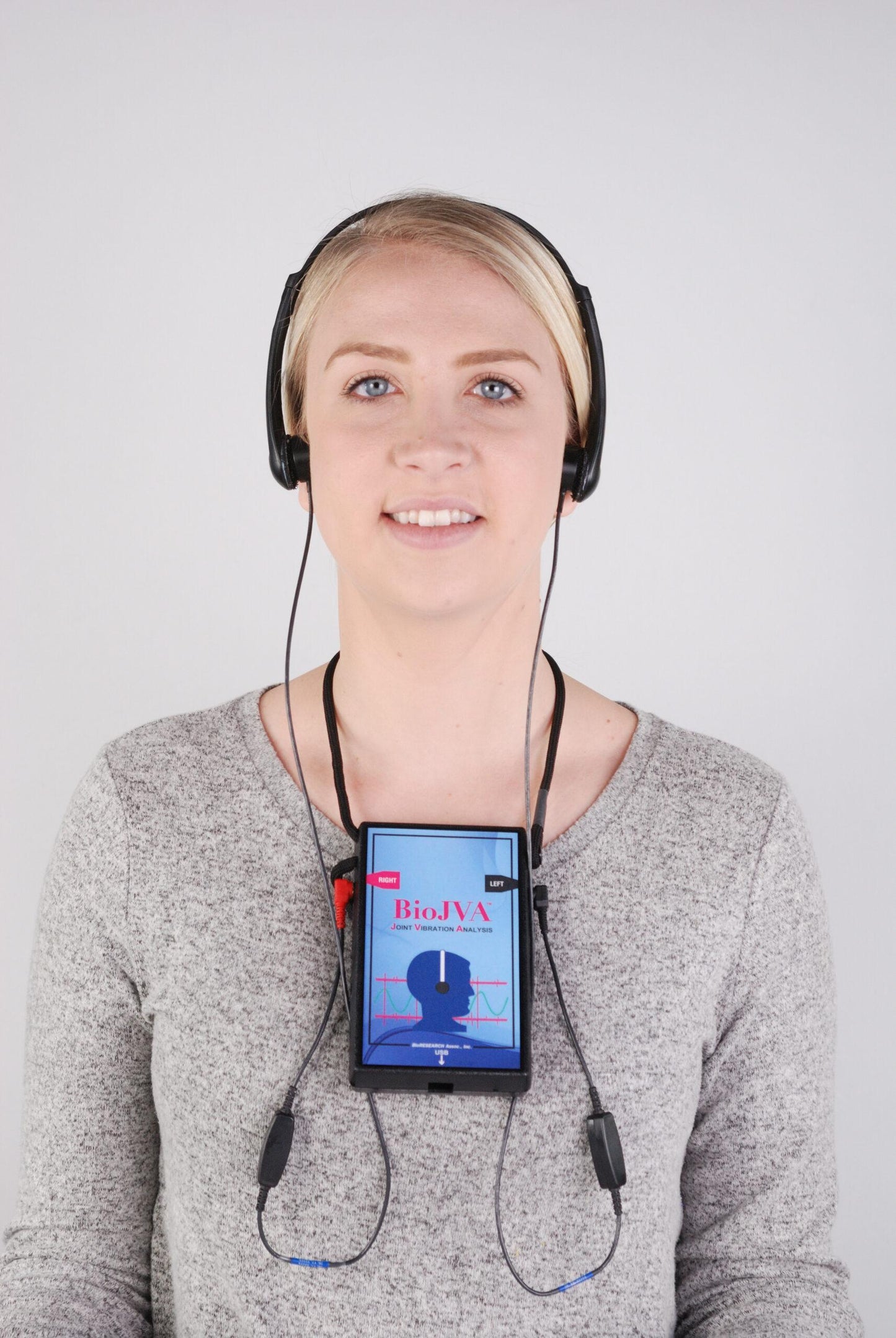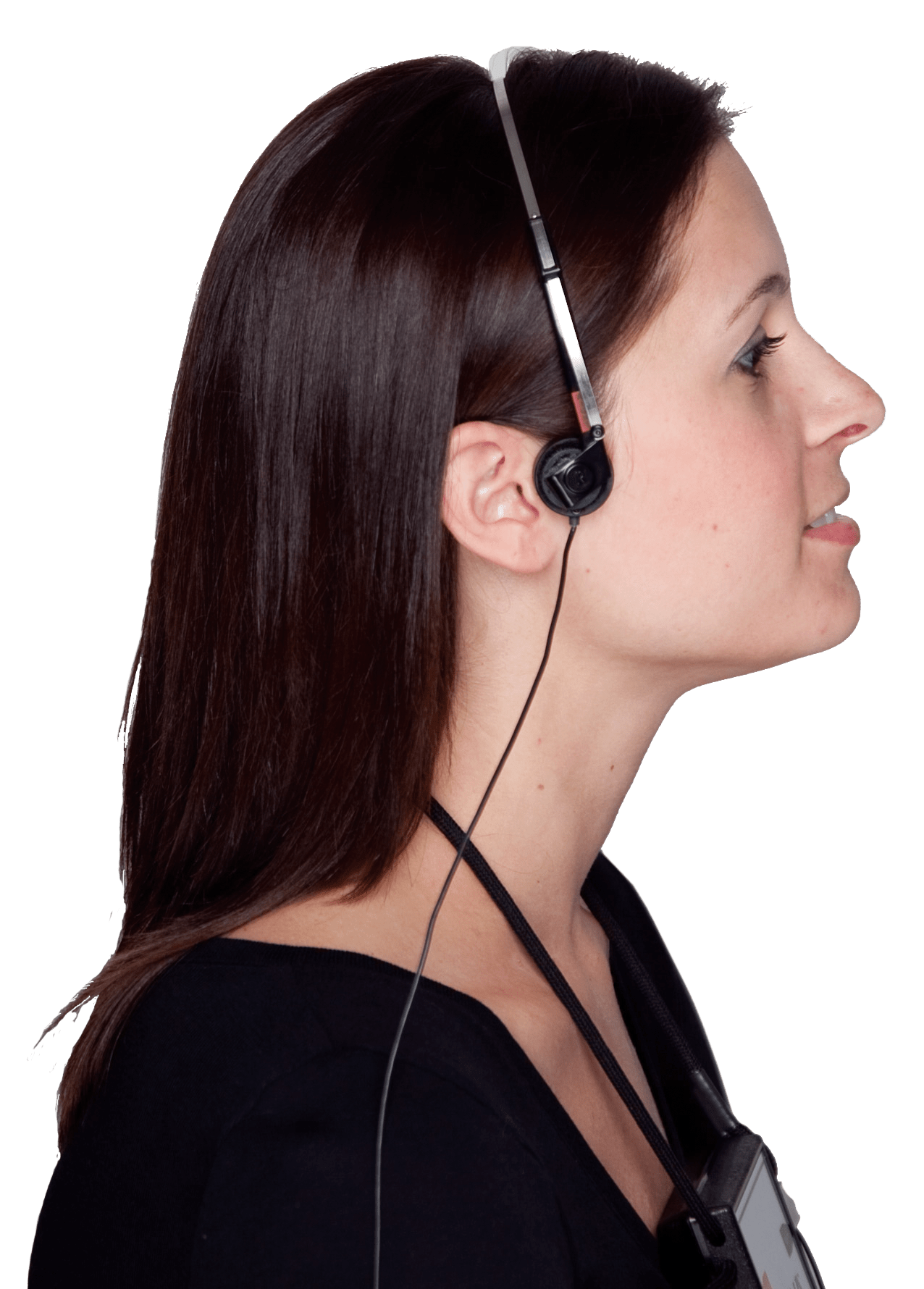1
/
of
4
Be the first to know when we launch.
Joint Vibration Analysis
Joint Vibration Analysis
Couldn't load pickup availability
BioJVA™ Joint Vibration Analysis is based on simple principles of motion and friction: when smooth surfaces rub against each other, there is little friction and little vibration. When these surfaces become rough, it creates friction and vibration as these surfaces come into contact with each other.
JVA provides a rapid, non-invasive and reproducible measurement of TMJ function to support your diagnosis of TMJ function. Understanding TMJ function is vital whenever you change the vertical, lateral, or A/P position of the mandible. Common mandibular treatments such as TMD treatment, orthodontics, prosthodontics, reconstructive and sleep dentistry can all be performed with the JVA tests.
The surfaces of jaw joints will normally come into contact with each other (friction) without any problem during function. Smooth, well-lubricated surfaces in good biomechanical relationship produce little friction and little vibration. But superficial changes, such as those caused by degeneration or displacement of the disc, generally cause friction and vibration. Different disorders can produce different vibrational patterns or “signatures.” Supporting analytical software will help you identify these patterns and help you differentiate between different TMJ disorders. This allows you to treat your patients faster and more efficiently.
JVA provides a rapid, non-invasive and reproducible measurement of TMJ function to support your diagnosis of TMJ function. Understanding TMJ function is vital whenever you change the vertical, lateral, or A/P position of the mandible. Common mandibular treatments such as TMD treatment, orthodontics, prosthodontics, reconstructive and sleep dentistry can all be performed with the JVA tests.
The surfaces of jaw joints will normally come into contact with each other (friction) without any problem during function. Smooth, well-lubricated surfaces in good biomechanical relationship produce little friction and little vibration. But superficial changes, such as those caused by degeneration or displacement of the disc, generally cause friction and vibration. Different disorders can produce different vibrational patterns or “signatures.” Supporting analytical software will help you identify these patterns and help you differentiate between different TMJ disorders. This allows you to treat your patients faster and more efficiently.
Share








